This post may contain affiliate links. If you make a purchase by clicking on these links, I may earn a small commission at no extra cost to you. Read the disclaimer for more information.
My first taste of Laos came from its little capital city, Vientiane. By the third day of exploring the city I had come to see how much the French had influenced the architecture and culture. Although the city seems to be trying to develop into a modern capital, some of the older buildings have kept that French colonial style, sometimes mixed with Lao architecture. One great example of this is Patuxai.
Visiting Patuxai
Built between 1957 and 1968, Patuxai was constructed as a war monument in dedication to those that fought for Laos’ independence. “Patuxai” translates to “Victory Gate” and it definitely resembles the famous Arc de Triomphe in Paris.
From the Presidential Palace I walked my way along Avenue Lang Xang, a long straight road that leads up to Patuxai. I have yet to visit Paris, but I know exactly what the Champs Elysees and the Arc de Triomphe look like (doesn’t everyone?), and Avenue Lang Xang leading up to Patuxai looks very similar. (*Update: I have since visited Paris, including the Champs Elysees and the Arc de Triomphe)
As I got close to Patuxai the true size of the monument became apparent. It really is quite a huge symbol, something that definitely could stand for victory. Getting close to the arch I could also make out some of the details, where I could see the Lao style come into the design. There are a lot of Buddha images on the monument and on the top are five towers, shaped like stupas.
The monument is very symmetrical and as I entered the arch I realized that it is square with an entrance on each side. The ceiling in the center is covered in beautiful artwork, and stairs lead up to the top of the monument. It costs 3000kip to enter.
As I climbed the stairs I was surprised to find that the rooms within the building are set up as a marketplace selling all kinds of souvenirs.
From the top of Patuxai you get sweeping views across the city, well worth the exertion from climbing up all of the stairs in the heat of the day. I could see right down Avenue Lang Xang, which I walked down to get there, and I could look down on the surrounding parkland and all of the governmental buildings that surround the monument. I could also look down to the end of Singha Road, where the majestic That Luang stands tall and golden, shining in the sunlight.
On the other side of the monument from Avenue Lang Xang there is a “musical” fountain surrounded by well maintained gardens. It seems to be a popular gathering place for locals as the fountain spurts water in a certain sequence.
Although Patuxai seems to be a copy of the Arc de Triomphe, it stands on its own as a symbol of Laos’ independence. It is definitely one of the best things to do in Vientiane. If you would like to see what else there is to do in Vientiane, check out my Vientiane travel guide.












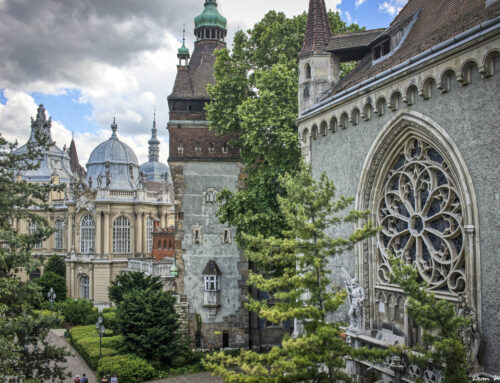
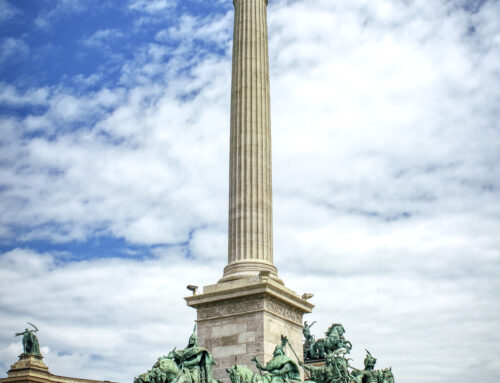
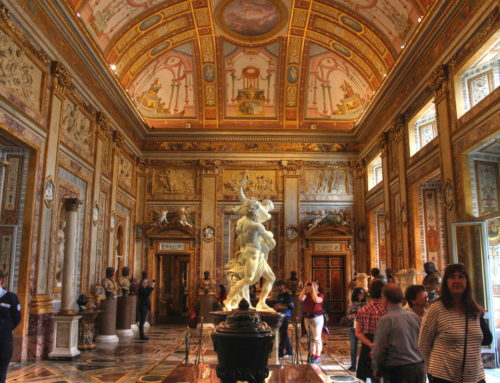
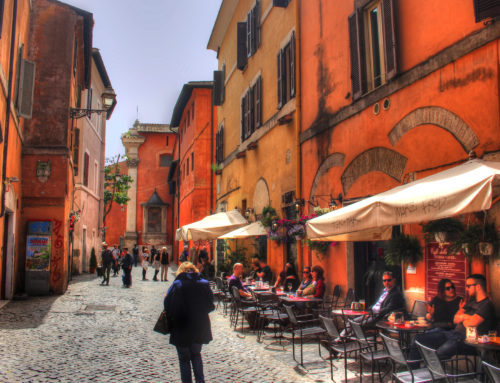
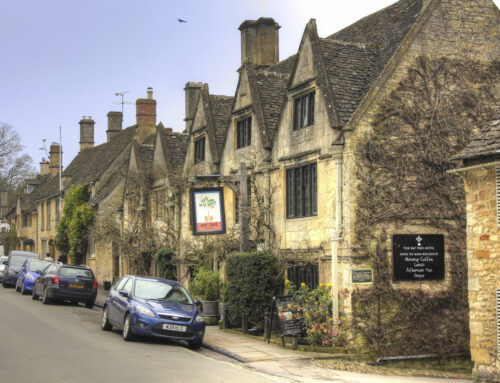
Love Laos! Thanks for pointing out that Patuxai looks like the Arc de Triumphe. I never made the connection but now I totally see it!
Hey Brock, I’m pretty sure I fall more in love with Laos everyday that I spend here. It’s an amazing place! Glad to help 😉
[…] impression. It was the first thing I saw as I entered the country across the Friendship Bridge to Vientiane, it was ever present as I explored the spiritual heart of Laos at Luang Prabang, and finally it was […]
[…] Emerald Buddha. This sacred statue, which is now housed in Wat Phra Kaew in Bangkok, ended up in Vientiane after the King moved it from Northern Thailand. Ho Phra Keo was destroyed when the Siamese (Thai) […]
[…] actually walked all the way to Pha That Luang from the river front via Patuxai, and by the time I got there I was quite hot and tired. So I grabbed a cold drink and sat in the […]
[…] Patuxai is an impressive war monument that sits in the center of Laos’ capital city, Vientiane. The word “Patuxai” translates to Victory Gate, and the French influence on Laos is quite apparent in it’s design, despite the typical Lao architecture. As I walked along Avenue Lang Xang from the Presidential Palace, I couldn’t help but feel like I was walking along an Asian version of Champs Elysees towards the Arc de Triomphe. There are a lot of similarities, but the monument definitely stands as a symbol of Laos’ independence. […]
[…] Vientiane, Laos. Pha That Luang is the largest stupa in Laos, and as I walked along the road from Patuxai I could see the golden stupa shining bright in the […]
[…] the centre of the city is Laos’ huge victory monument called Patuxai. Built between 1957 and 1968, it is definitely French influenced but keeps the Laos style […]